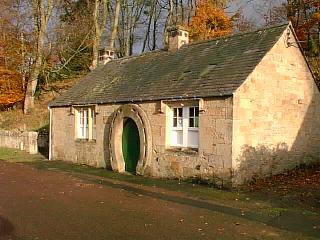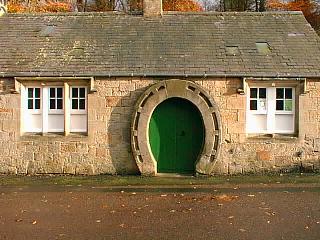
Ford and Etal

| Holy Island |
| Newton & Craster |
| Norham |
| Seahouses |
| Warkworth |
| Wooler |
FORD VILLAGE
A ponderous model village of the mid-19th c, Ford could be a prosperous suburb instead of an auxiliary to an ancient castle. Ford Castle, owned by Lord Joicey and used as a county educational and cultural centre, was started in 1287 by Odenel de Forde and crenellated in 1338. It was demolished by the Scots in 1385 and attacked again in 1549. It was in the style of four corner towers with a curtain-wall, and three of the original towers survive. The castle was extensively restored and altered in both the 18th and 19th century. St Michael's church in the castle grounds is early 13th century with a thorough 19th century restoration.
 |
Ford Smiddy with it's
Photo by Stuart Brown |